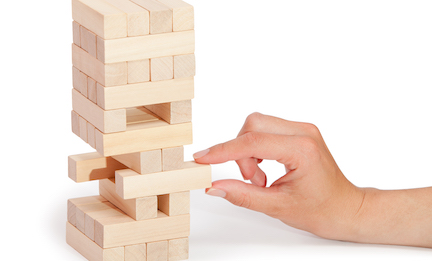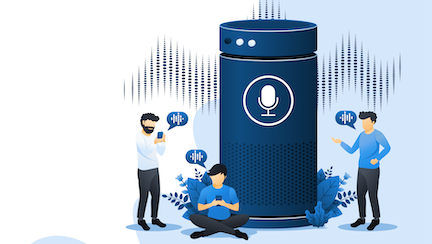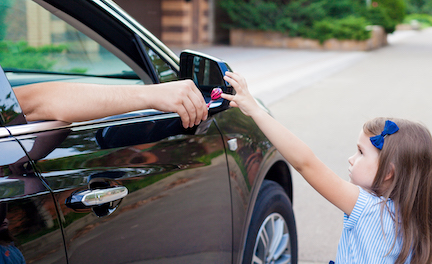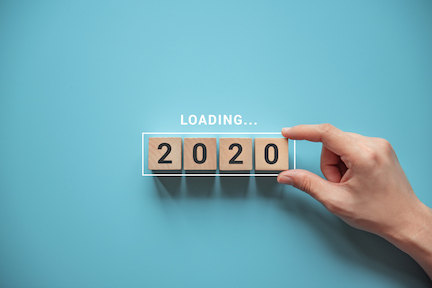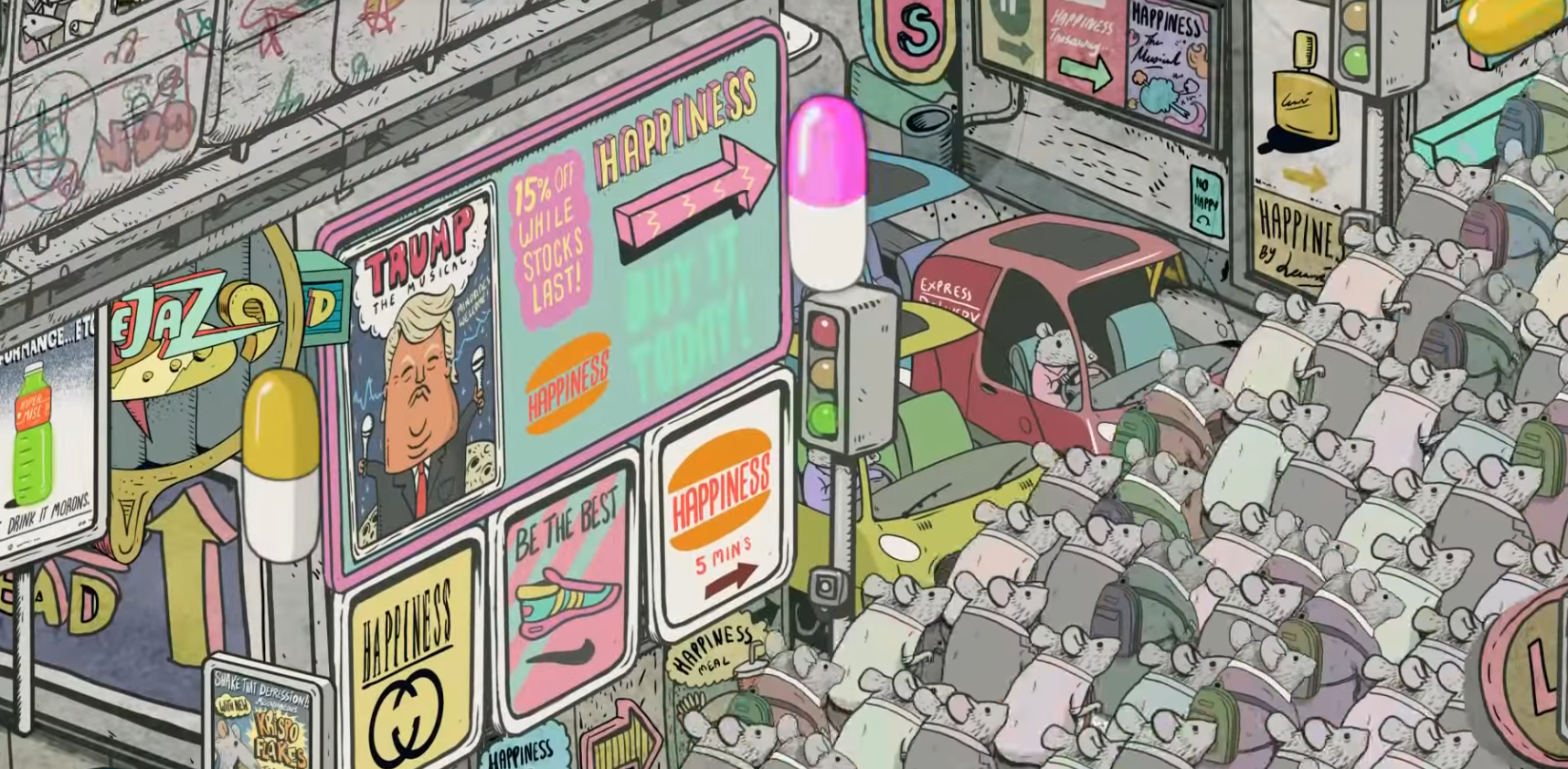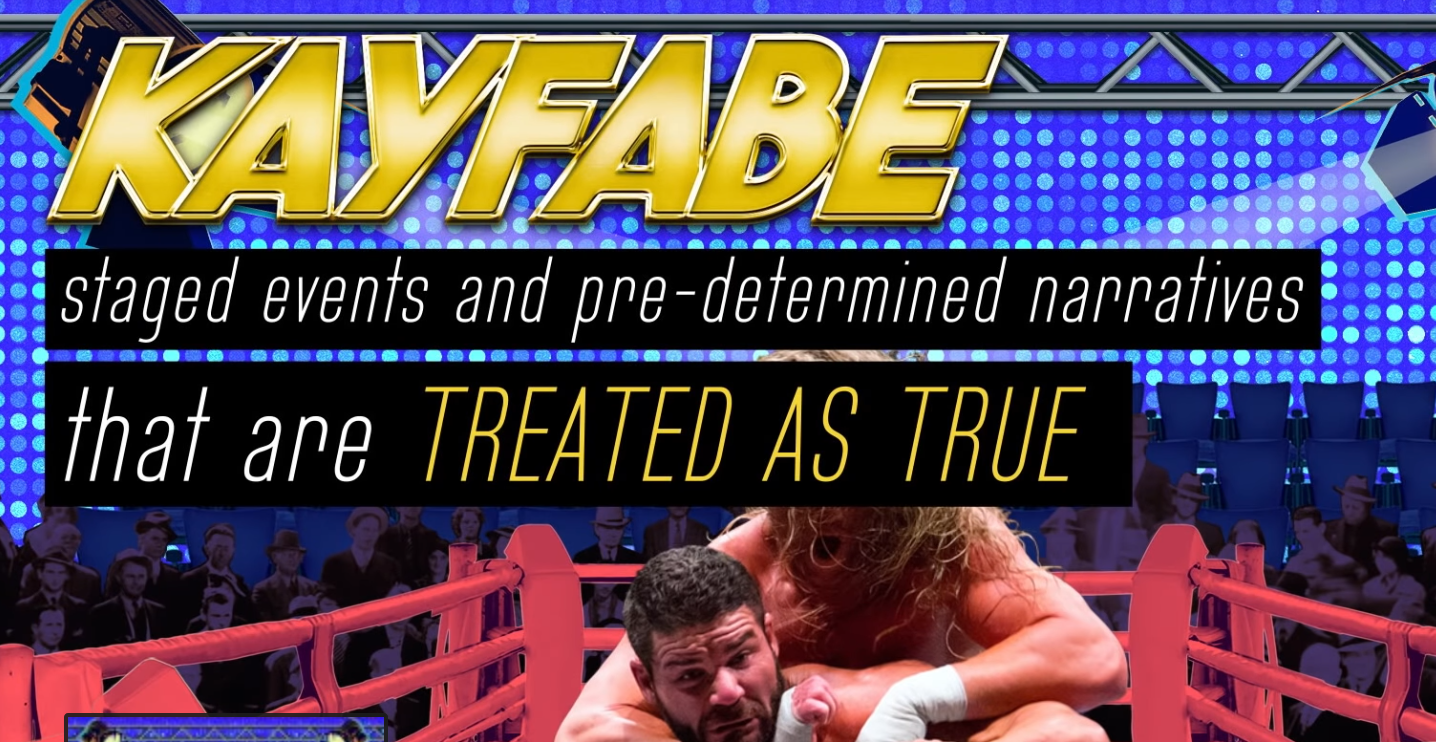
Content strategy and the art of suggestive sell.
Suggestive selling, also known as upselling, has been with us for ages. It’s how businesses coax you to buy more of their product than you might do normally.
Upselling is all around you. You are likely being pitched an upsell every day. It might be super-sizing those fries at McDonalds, taking advantage of that BOGO (Buy One Get One) shoe sale or walking to a store to buy a simple phone and walking out with the deluxe version.
Suggestive selling. Effective content strategy?
Yes. Suggestive selling is powerful as the messaging component of content strategy as it stimulates increased consumption of a product or service. It does it based on a core premise of leveraging the consumer’s existing decision in making the initial purchase.
At this point, you are no longer wrestling with buying into the category (do I want coffee or soda?), you are now choosing what experiential version of the product or service you would like.
For example, “I’ll take the LARGE coffee with a DOUBLE SHOT” of expresso.” “Large” sizes and adding a “double shot” are upgrades from a small, plain coffee order.
As a marketing writer or salesperson, through suggestive selling, you are leveraging and further commoditizing a customer already predisposed to agree with you.
This has been used by content developers like advertisers and content marketers to increase sales and profits.
How Alka-Seltzer doubled sales with suggestive selling.
Alka-Seltzer. It’s what many of us still look to when we have heartburn, upset stomach or indigestion. When we take it, many of us use two tablets. You know, like the jingle in the Alka-Seltzer ads used to sing to us, “Plop plop, fizz fizz, oh what a relief it is!”
Ever wonder why you take two tablets?
You don’t truly need to take two. But most of us do. Welcome to the power of suggestive sell. Two things the makers did to suggest that you take two tablets.
- The packaging design
- The jingle. “Plop plop, fizz fizz”
I’ll explain.
The directions on early Alka-Seltzers packages gave directions to only take one tablet. The older commercials also showed the use of just one tablet. Marketers eventually changed the directions on the packages and began showing two Alka-Seltzers dropping into a glass of water in every commercial.
Taking the suggestive sell campaign to another level, ad campaigns started using the “Plop, plop. Fizz fizz” jingle. A song that suggests dropping in two Alka-Seltzers tablets when you want relief. Fast fact: the song was created by the dad of actress Julianna Margulies.
Miles Laboratories, then owner of Alka-Seltzer, created portable foil packs that held two Alka-Seltzers each instead of individual tablets.
Nothing changed about the product’s benefits or effectiveness. However, the surface changes signaled suggestions to consumers to buy more. As a result, sales shot through the roof, nearly doubling as people got in the habit of consuming two tablets instead of one.
Why suggestive sell works. People look to you for guidance.
In a vacuum of clear knowledge and direction, people will look for guidance from wherever they can find it. That’s where the power of suggestion and suggestive sell ultimately comes from.
As people are simply seeking pleasure or resolution, they don’t always want to do the work to understand a product or solve of problem. When we become lazy to do research, we often defer to the most confident idea, accepted social signals or a person who seems to represent expertise. In this case, it was “medical company” Alka-Seltzer implying that two tablets mean stomach relief.
Tips for suggestive selling.
How to get your customers to buy more.
Cost sensitivity for up-sell and choosing a product are not the same.
Do I want coffee or soda? A product category choice like this is more difficult as you are competing with every type of product and brand in the category. Soda. Water. Tea. Sports Drinks, etc.
At this level of choice, you may ask yourself if you want to pay the price of one versus the other, (e.g., the cost of a $1 soda versus a $4 coffee).
Once you’ve made a decision on a category, like a coffee, you tend to focus on lifestyle or pleasure details. At that point, price becomes less about a hard price, but instead gets evaluated in comparison to the experience that you desire around your choice. The more you desire a better experience, the more a higher price is validated.
- Do I want my coffee with a double shot expresso?
- More milk?
- I have an airline seat for coach, do I want first class? More leg room?
Suggestive sell takes advantage of reduced price sensitivity.
An example of this phenomenon is pointed out in the book The Undercover Economist, by Tim Harford. He explains how Starbucks menus on the back wall are designed to detect price sensitivity and suggest sell.
At Starbucks, you can get cheaper and sometimes better coffee, like a short cappuccino, but most price value options aren’t on the menu and you have to specifically ask for them. Starbucks “suggests” there is no more room on the ordering board behind the barista to display such offerings that they carry.
Harford points out this is suggestive sell strategy aimed a quieting or deterring “cheap” customers from asking for certain products and to keeping higher margin, less price sensitive buyers focused on buying higher-priced coffees.
The difficulty is that if some of your products are cheap, you may lose money from customers who would willingly have paid more. So, businesses try to discourage their more lavish customers from trading down by making their cheap products look or sound unattractive, or, in the case of Starbucks, making the cheap product invisible.
Harford also points out this suggestive sell strategy is as old as time itself.
The French economist Emile Dupuit wrote about the early days of the railways, when third-class carriages were built without roofs, even though roofs were cheap: “What the company is trying to do is prevent the passengers who can pay the second-class fare from traveling third class; it hits the poor, not because it wants to hurt them, but to frighten the rich.
The modern equivalent is the airport departure lounge. Airports could create nicer spaces, but that would frustrate the ability of airlines to charge substantial premiums for club-class departure lounges.
Customers don’t know that they don’t know. Fill in the gap.
When a customer feels a vacuum for expertise, they may rely on you and your message for guidance. Train your staff or write messaging that moves beyond just pointing customers in the direction of the product they’re looking for. Point them toward ideas, product levels and consumption that appeal to higher aspirational goals or is the socially validated approach.
To paraphrase Seth Godin, suggest to customers that they need to buy at this higher level because “people like us do things like this.”
Suguest an add-on in line with expressed need or affinity.
Two Alka-Seltzers is in line as is inferred to help bring better relief. Or extra shot of expresso with a coffee is in line with taste experience. Asking the coffee drinker to upgrade by adding a salad bowl, even at a discount, doesn’t make sense with that particular experience.
Use visual cues and copy signals.
Changing the packaging on Alka-Seltzer helped create the idea that two tablets were required. Starbucks being “unable” to list cheaper products on their menus board visually implied those products were not really options. Add visual cues or value-emoting words that help suggest product benefits or features worth an upsell.
You don’t have to do any of this. I’m just suggesting. And as you just read, you know how that works.
CONTENT STRATEGY CONSULTING
Content strategy is defining today’s successful business and leaving those too slow behind. Looking for more ideas and strategies around content marketing and delivering satisfying digital experiences for your brand, website or mobile application contact me for a free consultation.



